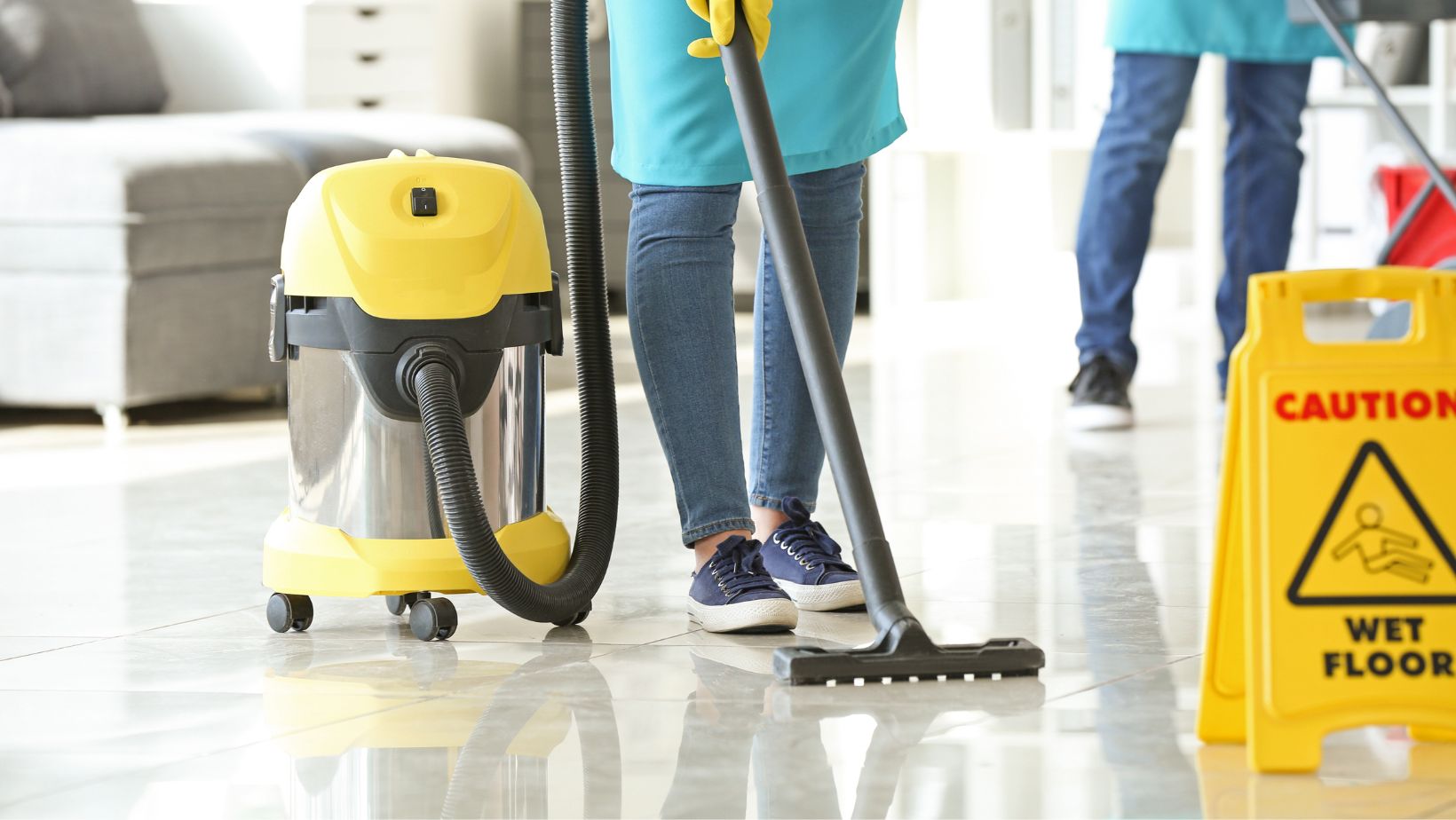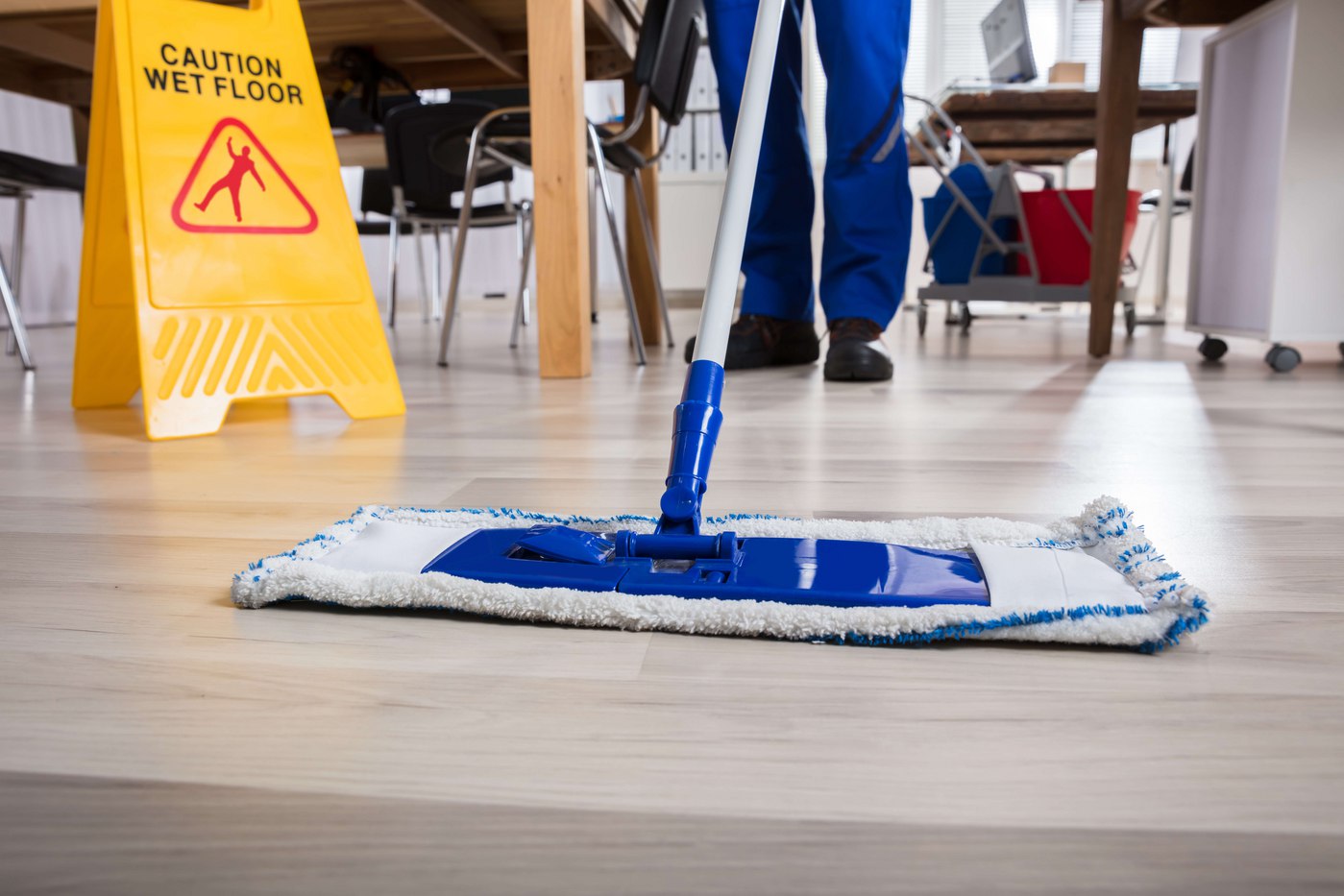How to Keep Your Home Pristine: Everyday Cleaning Tips for Defrosted and Cleaned Every Few Months
How to Keep Your Home Pristine: Everyday Cleaning Tips for Defrosted and Cleaned Every Few Months
Blog Article
Recognizing the Requirement for Thoroughly Sanitizing and Disinfecting Often Touched Surfaces in High-Traffic Areas
In the world of public health and safety and security, the thorough disinfection and sanitization of often touched surface areas in high-traffic areas stand as vital actions in avoiding the spread of dangerous virus. The relevance of this technique expands far beyond mere cleanliness, delving right into the realm of condition avoidance and neighborhood well-being. By checking out the different aspects of surface disinfection, from the risks connected with disregarding cleansing procedures to the effective techniques that can be utilized, a clearer understanding emerges of the essential function these techniques play in guarding public wellness. As we browse this discussion, it comes to be apparent that the ramifications of detailed surface sanitation resound not just within the boundaries of a specific environment but likewise resonate on a wider range, affecting the health and safety of individuals throughout diverse communal setups.
Relevance of Surface Disinfection
Stressing the complete sanitation of high-traffic surface areas is essential in preserving a hygienic setting and preventing the spread of hazardous microorganisms. High-touch surface areas such as door manages, light buttons, lift switches, and kitchen counters work as reproducing grounds for viruses and microorganisms. Routine disinfection of these surface areas is crucial to decrease the danger of contamination and transmission of ailments.
By executing a robust sanitation procedure, businesses and institutions can develop a safer environment for visitors, workers, and clients. Correct surface disinfection not only mitigates the spread of infectious illness yet additionally instills self-confidence in the cleanliness and safety and security of the properties. This proactive technique shows a dedication to wellness and health, which is specifically important in high-traffic areas where the probability of direct exposure to pathogens is heightened.
Furthermore, surface area sanitation plays an important function in total infection control methods. Combined with hand hygiene practices, wearing masks, and maintaining physical distancing, thorough sanitation of high-touch surface areas develops a detailed protection against the transmission of dangerous microbes. Focusing on surface area disinfection is an essential part of an all natural strategy to health and wellness in shared areas.
Dangers of Ignoring Cleaning Practices
Overlooking detailed disinfection of high-traffic surfaces dramatically enhances the threat of viral and microbial contamination, presenting a severe danger to the wellness and safety and security of people frequenting these spaces. Failing to implement correct cleansing methods can lead to the accumulation and spread of hazardous pathogens, consisting of germs and viruses, on regularly touched surfaces such as doorknobs, hand rails, lift switches, and kitchen counters.

Furthermore, neglecting the importance of comprehensive cleansing not only compromises the health of people yet likewise threatens efforts to maintain a tidy and sanitary atmosphere. It is crucial to identify the significance of correct disinfection methods in stopping the spread of infections and protecting public wellness.
Reliable Disinfection Approaches
To preserve optimum cleanliness and decrease the threat of contamination on high-traffic surfaces, using effective disinfection methods is crucial. One of one of the most effective and usual disinfection approaches is utilizing chemical anti-bacterials. These products can differ in stamina and make-up, with some targeting specific microorganisms like germs or infections. It is critical to adhere to the producer's directions for correct dilution, contact time, and ventilation when utilizing chemical disinfectants to guarantee their effectiveness - Everyday cleaning.
An additional reliable approach is the use of UV-C light. UV-C light has actually been revealed to be efficient in eliminating a vast range of microbes by interrupting their DNA framework, hence avoiding them from duplicating. It is vital to utilize UV-C light correctly, guaranteeing that the correct strength and exposure time are applied to attain the desired sanitation results.
Additionally, utilizing vapor cleansing as a sanitation method can be extremely effective, specifically on surfaces that are heat-resistant. Vapor can penetrate porous surface areas and kill germs, viruses, and various other pathogens effectively. When using steam cleansing, it is essential to make certain that the surface gets to the required temperature level for a sufficient quantity of time to ensure proper disinfection.
Effect On Public Health And Wellness
The maintenance of high requirements of tidiness and disinfection on high-traffic surface areas plays a vital function in securing public health and wellness. Often touched surfaces in locations with high tramp, such as doorknobs, handrails, elevator buttons, and bathroom centers, offer as reproducing premises for hazardous pathogens.
Effective sanitation practices not only safeguard individuals from falling ill but also add to the total health of culture. Public wellness authorities highlight the relevance of keeping tidy atmospheres to avoid break outs and include the spread of ailments. In high-traffic areas like flight terminals, institutions, health centers, and public transport systems, the influence of extensive sanitation procedures can not be downplayed. Prioritizing the sanitization of regularly touched surface areas is a positive browse around this site method to promoting public wellness and improving the safety of people in common areas.
Implementing Normal Cleaning Methods
Quickly setting up and adhering to a regular schedule of cleansing protocols is extremely important for maintaining the sanitation and safety of high-traffic surface areas. Regular cleansing protocols are crucial in stopping the buildup of germs and virus on frequently touched surface areas, specifically in areas with high foot web traffic. By implementing a methodical approach to cleaning, companies can effectively decrease the risk of disease transmission and produce a much healthier environment for employees, clients, and the general public.
To establish an efficient cleansing timetable, it is essential to determine high-traffic areas that call for frequent attention. These areas may include doorknobs, hand rails, lift switches, restroom facilities, and shared devices. Applying a routine cleaning regimen that targets these surfaces several times a day can considerably minimize the spread of unsafe germs and infections.
In addition, using ideal cleaner and anti-bacterials is key to More about the author guaranteeing that surface areas are completely sterilized. Routine training of cleaning up personnel on appropriate cleaning methods and the value of adherence to the cleaning routine is likewise crucial in keeping a sanitary atmosphere. By prioritizing consistent cleansing protocols, companies can advertise the wellness and wellness of individuals that engage with these high-traffic surface areas.

Verdict
In conclusion, it is important to prioritize detailed sanitation and sanitization of often touched surface areas in high-traffic areas to avoid the spread of hazardous microorganisms and preserve public health. It is vital to recognize the significance of keeping clean surfaces in high-traffic locations to make sure the well-being of the area.
In the realm of public health and security, the precise sanitation and sanitization of regularly touched surfaces in high-traffic locations stand as critical actions in protecting against the spread of dangerous microorganisms. By discovering the different elements of surface sanitation, from the dangers linked with overlooking cleansing procedures to the reliable techniques that can be employed, a more clear understanding arises of the important duty these practices play in guarding public health and wellness.Additionally, utilizing vapor cleaning as a sanitation approach can be very efficient, specifically on surfaces that are heat-resistant. When utilizing vapor cleaning, it is crucial to make sure that the surface reaches the called for view publisher site temperature level for a sufficient quantity of time to guarantee proper sanitation.
In final thought, it is critical to focus on thorough disinfection and sanitization of frequently touched surfaces in high-traffic areas to protect against the spread of hazardous microorganisms and keep public health.
Report this page